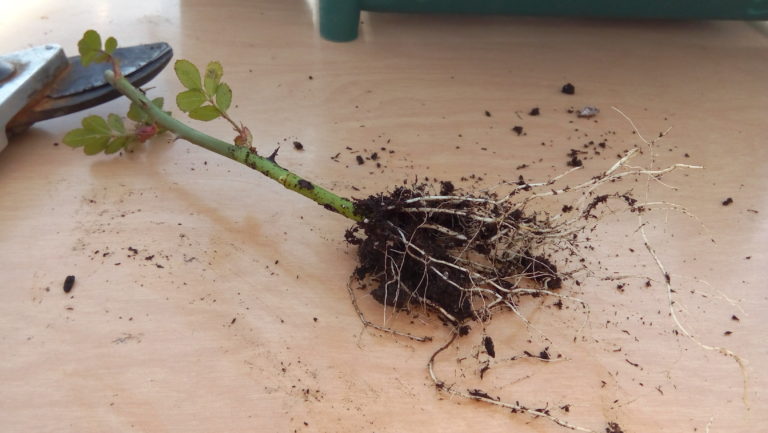Trading Roses & Cuttings
Recently, I’ve been talking to anyone who will listen about why we (rose gardeners) need to take control of our own hobby and safeguard the many garden-worthy, heirloom and unique roses that are no longer offered “in the trade”. Think about this for a minute: we have over 2000 years of rose cultivation under our…

